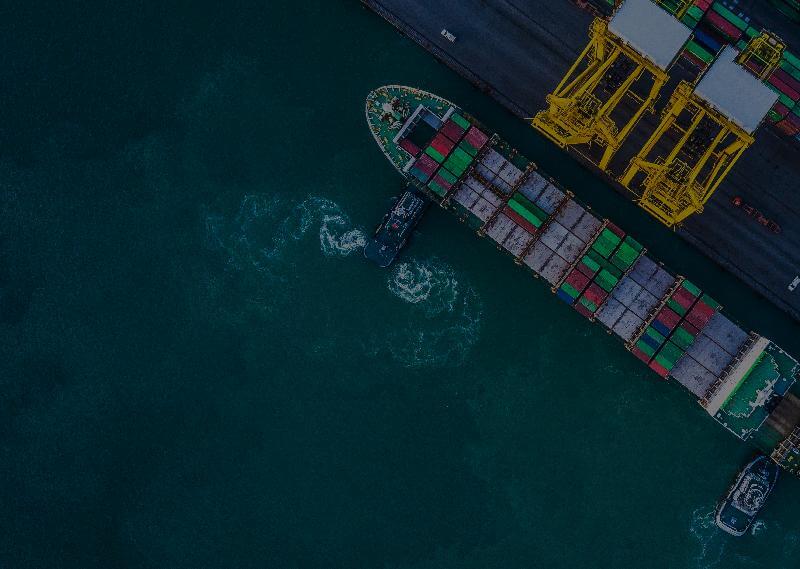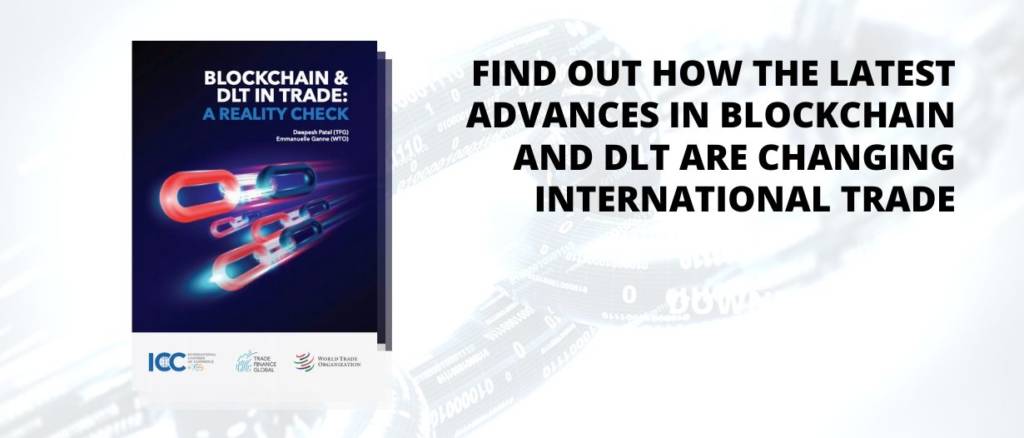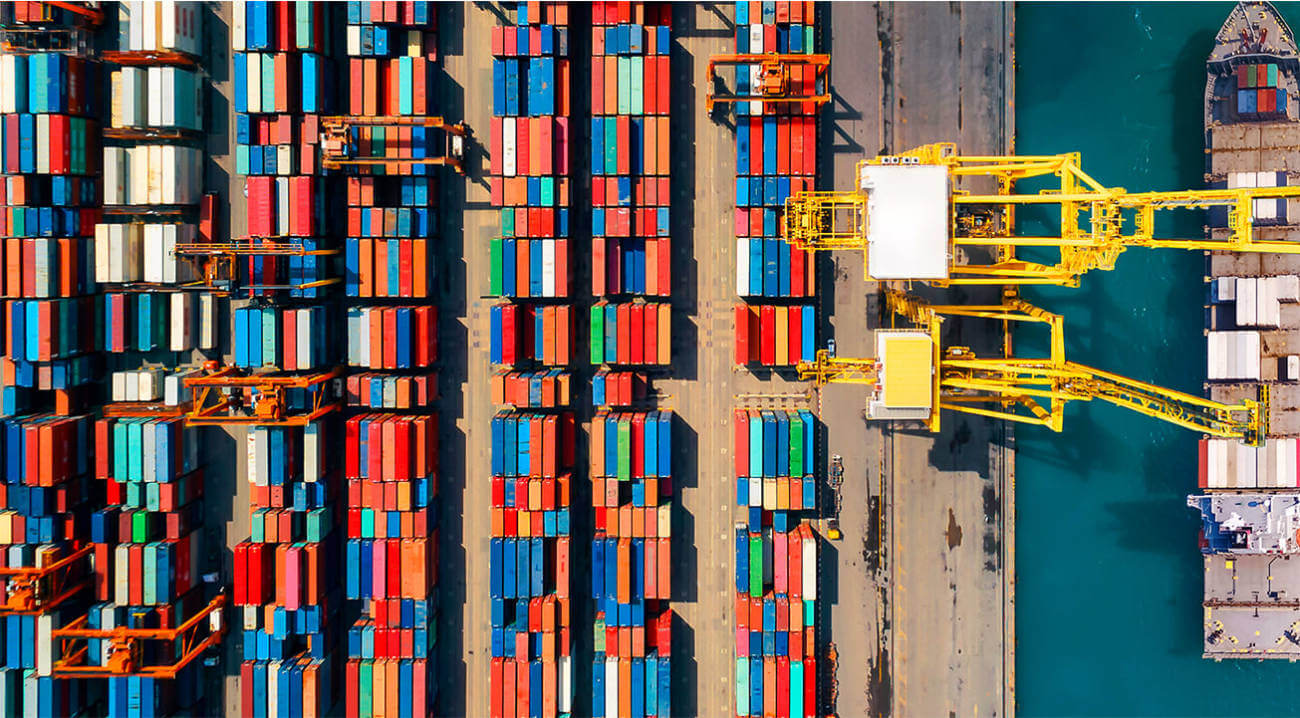Stenn International’s Kerstin Caroline Braun addresses the $1.5tn trade gap, and discusses how non-bank financing can help bridge the gap.

Dr Kerstin Caroline Braun
President, Stenn International
The market for international trade finance is always evolving. But the more things change, the more they seem to stay the same. Take for instance the $1.5 trillion trade finance gap, ICC’s measure of unmet demand for trade banking solutions. One would think that new technologies and the lure of market expansion would help traditional lenders make a big dent in this gap, but a recent follow-up study showed that at one-third of banks surveyed, the rejection rate has accelerated.
The lack of access to financing is not the only factor impacting the trade finance market. Geopolitical events and macroeconomic conditions are dampening the appetite for investment – any scent of risk is enough to give a lender pause.
However, non-bank trade finance companies like Stenn are jumping in with both feet. This article examines what’s causing current conditions, how they’re affecting trade financing and what SMEs can do to adapt.
The Causes: Economic and Geopolitical Uncertainty
From Asia to Europe to North America, nearly every continent is experiencing uncertainty. Case in point: the drop-off in world trade growth at the end of 2018 and the prediction for a soft landing in the world economy through 2020. Here are a few specific situations that are feeding this uncertainty:
US-China Trade War
The U.S.-China trade war has added economic pressure to both countries. $200 billion USD worth of Chinese products are subject to tariffs, and tariffs on an additional $325 billion are on the table. These costs ultimately trickle down to small suppliers in China. The situation could be exacerbated as buyers worldwide reconsider their supply chains to avoid the tariffs.
China’s Economic Slowdown
After the 2008 financial crisis, China represented a major engine of growth for the global economy. But at the end of 2018, China reported the slowest growth rate in 28 years. So as China slows, so does the rest of the world. This is concerning for neighboring economies in Asia, with the potential for an even wider spillover.
Brexit
Brexit will likely disrupt trade, supply chain cash flow and overall business operations as UK and EU buyers move operations out of the UK and ask suppliers to keep extra inventory. The UK, Europe and the rest of the world are locked in a period of uncertainty until at least October 2019.

The Effects: Key Challenges for SMEs
Engaging in global trade in this shifting environment puts several stressors on SMEs, namely:
Access to Funding
As the $1.5 trillion trade finance gap demonstrates, SMEs in emerging markets face major funding challenges. The gap exists partly because capital requirements such as Basel III and vetting regulations such as Know Your Customer have caused banks to limit cross-border finance activities. In some emerging markets, even local banks only focus on large customers. Lack of access to trade finance options limits SMEs’ ability to grow because the funds they have are tied up in unpaid receivables and sitting inventory.
Power Struggle
Additionally, SMEs on the supply side often experience a power imbalance with buyers. Buyers from large companies want delayed payment terms of 90 – 120 days because they don’t want to pay for goods that have not been sold or delivered yet. This imbalance creates cash flow issues for smaller suppliers who lack the clout to make demands of their own.
Global Volatility
Because of their smaller footprint, SMEs are the first to be hindered by global volatility. As trade wars, for instance, continue to evolve, companies – and those funding them – will be more cautious to engage in international trade. This leads to even fewer trade finance options and stricter payment terms, both of which stifle growth.
The Solution: Non-Bank Trade Finance
Non-bank trade finance providers like Stenn have become a vital resource for SMEs looking for liquidity solutions in the current environment. These partners provide SMES with working capital through a variety of methods, mostly centered on accounts receivable or purchase order financing. Providers pay suppliers at shipment of goods, giving the importer time to sell the goods before paying the invoice. Both suppliers and buyers benefit because it preserves their access to cash flow.As one of the largest non-bank trade finance providers, Stenn works with suppliers in over 50 countries and counting, with a footprint comparable to large banks. This experience has helped us make our financing products better and more flexible than what banks can offer – it’s our main focus. Thus, Stenn is able to serve SMEs in need of trade financing as well as larger corporates needing solutions on the payables side.
At the end of the day, serving both sides of the supply chain to close the finance gap is our primary objective. And hopefully, helping to fuel international trade for all.

 Australia
Australia Hong Kong
Hong Kong Japan
Japan Singapore
Singapore United Arab Emirates
United Arab Emirates United States
United States France
France Germany
Germany Ireland
Ireland Netherlands
Netherlands United Kingdom
United Kingdom






Comments are closed.